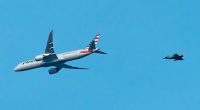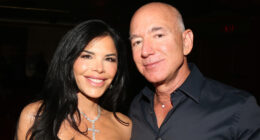Three years after Russian President Vladimir Putin ordered his troops to storm Ukraine, triggering Europe’s biggest conflict since World War II, he now stands on the verge of emerging with his aims intact.
It is a remarkable reversal since Putin launched his ”special military operation” on February 24, 2022, in what was expected to be a swift victory.
Instead, tens of thousands of troops and civilians were killed, millions of Ukrainians became refugees and cities have been reduced to rubble.
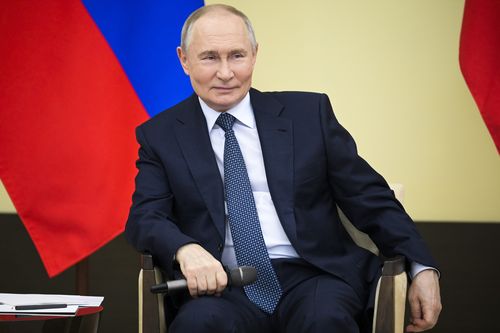
Meanwhile, Putin, who has ruled Russia for 25 years, became even more of a pariah on the world stage as international sanctions sought to cripple the Russian economy.
But the spectacular about-turn in US policy by President Donald Trump this month looks to have handed Putin an “absolute victory” on the diplomatic stage, Matthew Sussex, a senior fellow at the Centre for Defence Studies at the Australian Defence College, told 9news.com.au.
”If it went on for another year, the Russian economy was about to take an absolute savaging from ‘stagflation’ – very, very high interest rates, rapidly climbing prices and power bills,” Sussex said.
“This is his ticket out of it.”
The Trump administration has started charting a new course, reaching out to Russia and pushing for a peace deal.
Senior American and Russian officials held talks last week in Saudi Arabia to discuss improving ties, negotiating an end to the war and potentially preparing a meeting between Trump and Putin.
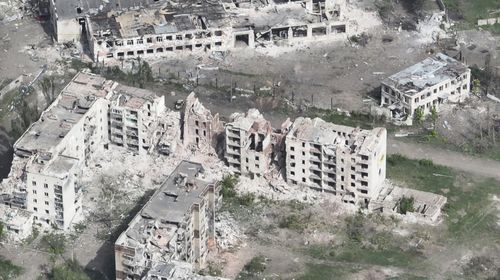
Wake-up call for Europe
Sussex says Putin appears closer than ever to cementing Moscow’s gains of about a fifth of Ukraine’s territory and keeping it out of the NATO alliance.
But he also warns that the impact of the new US policy will be felt far beyond the Ukraine conflict and cuts to the core of the NATO military alliance.
“What they are talking about in Saudi Arabia is more about the reset in Russia-US relations, and what happens with European security.”
Sussex points to remarks by top officials from the Trump administration which reveal its European allies are now on the outer.
US Secretary of Defence Pete Hegseth, speaking in Brussels earlier this month, said it was unrealistic that Kyiv should join NATO or return to its pre-2014 sovereign borders – an apparent break with Washington’s previous stance.
Then days later, US Vice President JD Vance, speaking at a security conference in Munich, reprimanded European leaders, telling them that the biggest threat to their security was “from within,” rather than China or Russia, and pointing to what he claimed was their suppression of free speech and refusal to work with hard-right parties in government.
“Those signals sent by Hesgeth and Vance were all about the US not seeing itself as the primary guarantor of European security,” Sussex said.
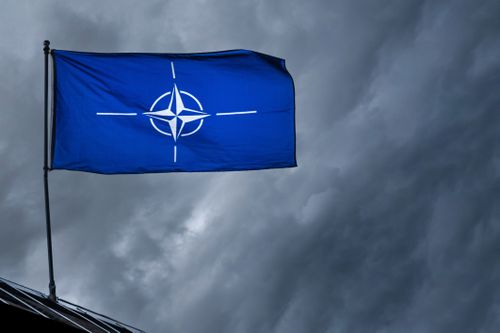
Adding to Moscow’s glee has been the rapidly deteriorating relations between Trump and between Ukraine President Volodymyr Zelenskyy.
Last week, Zelenskyy said Trump was living in a Russian-made “disinformation space” and the US leader called his Ukrainian counterpart “a dictator without elections”, in comments that were sure to complicate efforts to end the war.
Sussex says Putin will see these developments as an “absolute triumph” and view the US stance as a green light to invade other East European countries, such as Moldova or Georgia.
”The one saving grace for the Europeans is all of the Ukrainian sacrifices have blunted the Russian conventional forces so much that the European nations have a couple of years to rearm before Putin poses a really sizeable threat to central and eastern Europe.”
Meanwhile, despite Trump’s eagerness to clinch a peace deal in Ukraine, talks are only at an early stage.
And many experts believe Putin, a master of the political long game, is no rush.
Following the split in Western unity and reduced US support for Ukraine, any result would look a good one for the Russian leader.
